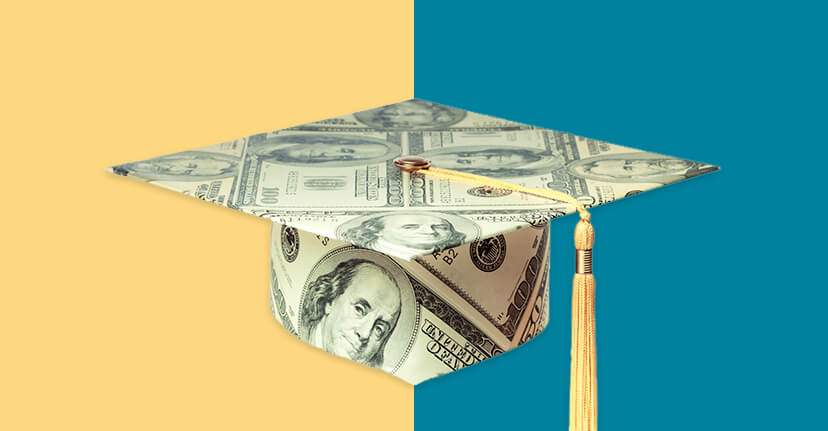CARES Act Student Loan Relief Extended Again through January 31, 2022
Editor's Note: For the latest developments regarding federal student loan debt repayment, check out our student debt guide.
On August 6th, the Education Department announced it was extending student loan relief for millions of Americans. In what the department is calling the final extension, the moratorium on federal student loan payments, initially instituted in March 2020, will now continue through January of 2022.
Previously, the payment pause was set to expire on September 30, 2021, after President Joe Biden issued an executive order that extended the CARES Act provision for student loan relief. Now, the payment pause has been pushed through January 31, 2022. For 41 million Americans, this means that they will not be required to pay their federal student loan bill for nearly two years.
What Does This Mean for Student Loan Borrowers?
The extension of the federal student loan payment freeze means that borrowers with federally held student loans do not have to make payments before February 2022. During the pause, interest is set at 0%. That said, borrowers who are able to make payments can do so—and their payments will go toward their principal balance.
With relief now set to extend through January 31, 2022, federal student loan borrowers should remember that the extended pause on payments does not equate to forgiveness. Once the suspension ends, monthly payments will resume.
How Borrowers Can Prepare for Repayment
The new extension may create a dilemma for borrowers who have been considering refinancing while interest rates are at historic lows. On one hand, they may want to continue benefiting from the government’s temporary pause on student loan payments. On the other hand, inflation is on the rise, which means private lending interest rates may soon follow.
If you’re unsure about what’s the right move for you, SoFi may be able to help.
SoFi is offering a new student loan refinancing program that allows eligible federal student loan borrowers to lock in today’s low interest rate and continue to benefit from the federal moratorium. Enrolled borrowers would have their new refinanced loan disbursed on December 20, and their first payment would be due on February 1, 2022. (Please note: interest will begin accruing on disbursement, so borrowers will shorten the period of 0% interest provided by federal student loan relief.)
If they change their mind and decide they no longer want to refinance their federal loan before their refinanced loan is disbursed, borrowers may cancel before December 20 and stay with their federal program. (Borrowers should know that refinancing their federal education debt means forfeiting federal benefits, like income-driven repayment plans, deferment, and loan forgiveness options.) If they want to proceed with the new loan, they won’t need to take any additional action.
Also, federal student loan borrowers can be proactive by communicating with their loan servicer, who can help guide them through this confusing time and provide a refresher on the state of their loans. By taking the time to create a game plan, borrowers can set themselves up to get back into repayment when the payment pause expires.
The Takeaway
The most important thing borrowers can do right now is prepare for the return to making monthly federal student loan payments beginning in February 2022. While the Biden administration has expressed possible support for some portion of debt forgiveness, its plan for student loan debt relief remains unclear. As the new moratorium deadline approaches on January 31, 2022, it’s crucial that borrowers start planning now so they are ready to resume payment when the time comes.
SoFi Student Loan Refinance
SoFi Student Loans are originated by SoFi Bank, N.A. Member FDIC. NMLS #696891. (www.nmlsconsumeraccess.org). SoFi Student Loan Refinance Loans are private loans and do not have the same repayment options that the federal loan program offers, or may become available, such as Public Service Loan Forgiveness, Income-Based Repayment, Income-Contingent Repayment, PAYE or SAVE. Additional terms and conditions apply. Lowest rates reserved for the most creditworthy borrowers. For additional product-specific legal and licensing information, see SoFi.com/legal.
In our efforts to bring you the latest updates on things that might impact your financial life, we may occasionally enter the political fray, covering candidates, bills, laws and more. Please note: SoFi does not endorse or take official positions on any candidates and the bills they may be sponsoring or proposing. We may occasionally support legislation that we believe would be beneficial to our members, and will make sure to call it out when we do. Our reporting otherwise is for informational purposes only, and shouldn’t be construed as an endorsement.
SLR1752275



